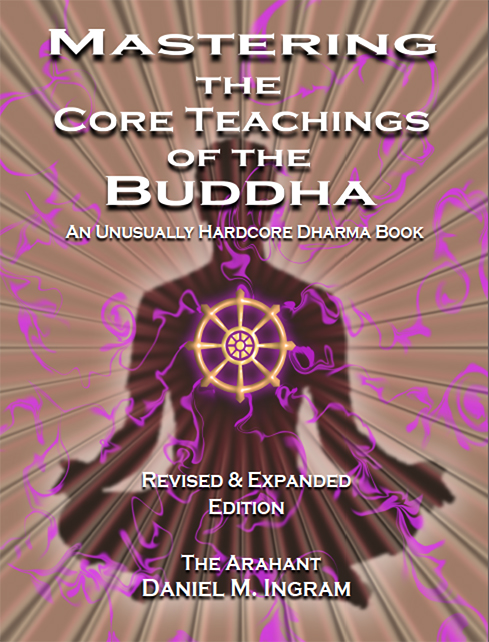The Extinction Models
← The Transcendence Models | The Love Models →
On the flip side of the immortality models, and somewhat contrary to the transcendence models, we have the extinction models. These are also sold widely in some schools of Buddhism, particularly the Theravada, and essentially promise that insight practices will either have you never be reborn or will make you non-existent in some ordinary sense. The first basic flaw in these models is that they presume an entity to which these things can occur, which from an insight point of view is already a problem. Insight practices at their best presume emptiness as always having been the case, and so to posit that there is something that was reborn flies directly against their root premises. Thus, the notion that there is someone or something who either will not again be born or will somehow cease to exist is absurd. However, page after page, some strains of Buddhism promise that there will be no more coming into any state of being, no more rebirth, no more conventionally existing self, and that somehow this will get us off the wheel of suffering.
Here we get into as gray an area as it gets in spiritual language. Between the weird promises of the immortality models and the weird promises of the extinction models, we can really get into paradigmatic trouble. We are sure that one of these must somehow be right, or maybe both are, or perhaps neither is, or that some other combination we currently can’t conceive of must be the correct one. However, these models are based upon a fundamental flaw, the misperception of sensations and the conclusion based on this misperception that there was some isolatable, separate, permanent self, or “me” that all these dualistic concepts can apply to. There is not, nor has there ever been—though sensations occur anyway. It is a convenient, practical, working assumption, a convention, a way of speaking, but nothing more. Thus, these curious notions simply do not apply. Simply practicing and perceiving sensations clearly reveals the way out of these paradoxes, and no belief regarding them need be adopted to do this well.

